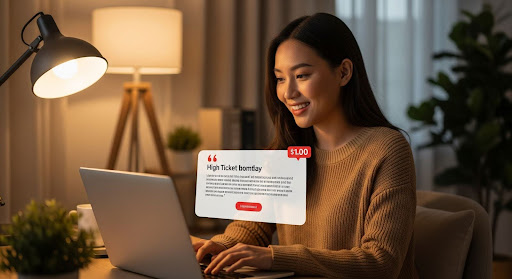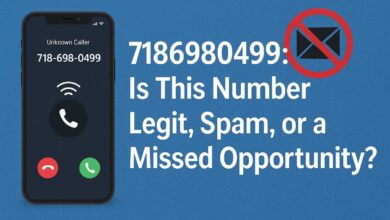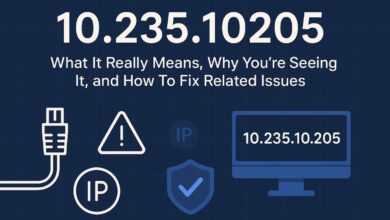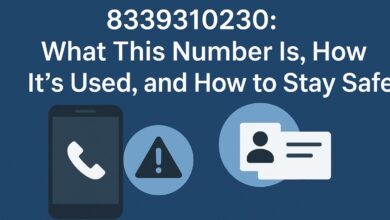What Is High Ticket Sales and How Can You Make It Work for You?

We’ve all heard the term “high ticket” thrown around in the world of sales and marketing, but what does it mean? If you’re anything like me, when I first encountered high-ticket sales, I had visions of luxury products or exclusive services being sold to high-end clientele.
But what I didn’t realize is that high ticket sales is much more than just a price tag—it’s a strategy that, when done right, can completely transform your business.
Whether you’re an entrepreneur looking to level up, a coach, or even someone working in B2B sales, understanding how to sell high-ticket items can be a game-changer. Trust me when I say that once you get the hang of it, the results can be pretty spectacular.
So, let’s break it down and explore exactly what high ticket sales are, why they work, and how you can use them to your advantage.
What Exactly Are High Ticket Sales?

In simple terms, high ticket sales refer to selling products or services that come with a higher price tag than average.
These can range from a few hundred dollars to thousands (or even tens of thousands!) of dollars, depending on the market and industry.
High ticket items typically require more effort, personalization, and relationship-building with customers to close the deal.
Think about it: You’re not selling a $10 item from a local store or a $50 subscription. High ticket sales usually involve luxury goods, specialized services, or exclusive experiences—anything that offers substantial value to the customer.
This could be anything from a one-on-one coaching package, a luxury vacation package, expensive business software, or even real estate.
Why Is High Ticket Sales So Effective?
You might be wondering, “Why not just focus on selling a ton of low-cost items instead?” Great question! The appeal of high ticket sales lies in the potential for larger profits with fewer customers. Here are a few reasons why this approach works:
1. Higher Profits Per Sale
It’s simple math: the higher the price tag, the bigger your paycheck. Selling a $500 product to a customer is nice, but selling a $5,000 product means a lot more revenue with the same effort. High ticket sales are appealing for businesses because they allow you to hit your revenue targets with fewer customers.
2. Less Competition
Low-cost items often attract a lot of competition because they appeal to a broader market. With high ticket sales, you’re often dealing with a more niche market, which means less competition. If you’re offering something specialized—whether it’s a high-end coaching service or a custom product—there are fewer people vying for that same client or customer.
3. Building Stronger Client Relationships
Selling high ticket items isn’t just about pushing a product—it’s about cultivating a relationship with the customer. Often, high ticket sales involve multiple touchpoints, meetings, or consultations, which means you’ll have the opportunity to build a rapport and create a long-lasting client relationship. This leads to repeat business and referrals, which are essential for growing your high ticket business.
4. Perceived Value and Trust
When a product or service is priced higher, customers often associate it with higher quality or more value. It’s a psychological trigger. High ticket items are often seen as more exclusive or prestigious, which can make customers feel they’re making a smarter, more valuable purchase. As a result, high ticket products are often more trusted by customers who are willing to invest in quality.

How to Sell High-Ticket Products or Services

Now that you know what high ticket sales are and why they work, it’s time to talk about how you can sell them. Here’s a step-by-step breakdown to help you get started:
1. Identify Your Target Audience
Selling high ticket items requires a deep understanding of your ideal customer. Who are they? What are their needs, desires, and pain points? What problems can your high ticket product or service solve for them? The more you know about your target market, the better you can tailor your sales pitch to appeal to their specific needs.
For example, if you’re selling luxury coaching services, your target audience might be high-level professionals or entrepreneurs who are looking for personalized guidance to scale their businesses. Understanding these key details will help you craft a more persuasive offer.
2. Create a Compelling Offer
Your high ticket product or service needs to have clear, undeniable value. It should solve a big problem, improve someone’s life in a significant way, or offer a transformative experience. You can’t just throw a big price tag on a regular product and call it high ticket. The product or service should justify its cost.
Let’s say you’re selling a high-end online course. It shouldn’t just be a bunch of pre-recorded lessons. Your course should come with extras like one-on-one consultations, access to a private community, personalized feedback, and more—things that add value and make the price tag feel justified.
3. Offer Personalized Attention and Customer Service
High ticket sales often involve personal connections. Unlike a simple eCommerce transaction, a customer buying a high ticket item is usually looking for reassurance and confidence in their purchase. Offering personalized consultations, providing extra value through customer service, and addressing concerns directly can build trust and make customers feel comfortable with their decision.
4. Master the Art of Upselling and Cross-Selling
Once you’ve got your foot in the door with high ticket sales, you’ll want to master upselling and cross-selling. Upselling means offering an upgraded or enhanced version of the product they’re considering, while cross-selling involves suggesting complementary items. Done correctly, these strategies can increase your revenue without requiring you to get new customers.
For example, if someone buys a premium coaching package, you could offer them additional services, such as personal branding consultations or VIP access to a special event.
5. Leverage Social Proof and Testimonials
When it comes to selling high ticket items, social proof is your best friend. Show potential customers how others have benefitted from your product or service. This could be in the form of testimonials, case studies, or user-generated content. When people see that others are getting great results, they’ll be more likely to make that big investment themselves.

FAQ Section
How do I determine if my product is high-ticket?
A high ticket product is typically one that costs over a few hundred dollars. It’s a product or service that offers significant value, often with personalized attention or exclusive features. Think about the quality and the problem it solves for your target market. If the price feels justified by the value, then it’s likely a high ticket item.
What’s the best way to pitch a high-ticket sale?
When pitching high-ticket products, focus on building trust. Don’t just focus on the features—highlight the benefits and outcomes your customer will experience. Engage in conversations, provide detailed information, and address concerns. A personalized approach can be key to closing the sale.
How do I handle objections when selling high-ticket items?
When selling high-ticket products, expect some objections. The key is to address them thoughtfully. Whether it’s the price, value, or your ability to deliver, respond with empathy. Use testimonials, case studies, or data to reinforce the value of your offer.
Can I sell high-ticket items with a small following?
Absolutely! High ticket sales often rely more on relationships and trust than on mass marketing. Focus on providing value, nurturing relationships, and building a personal brand. A smaller but loyal following can often lead to higher conversion rates for high-ticket items.
Make High Ticket Sales Work for You
High ticket sales are more than just about selling expensive items—they’re about offering real value, building relationships, and providing a product or service that truly changes your customer’s life.
While selling high-ticket items may seem daunting at first, once you learn how to craft your offer, personalize your approach, and build trust with your audience, you’ll see your revenue grow with fewer customers.
If you’re ready to make that leap, start by focusing on quality and personalized service. The rewards are worth the effort. Here’s to higher sales, bigger profits, and a thriving business!



